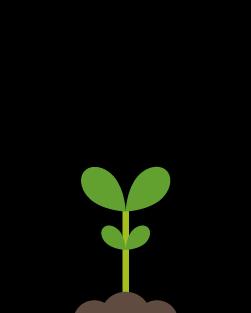
ID: 495-JWXL
ID: 495-JWXL
Applering Acacia
Faidherbia albida
Nursery
Malawi
02:05 - 22°C
My connections
My ID card
Who am I?
Date of birth
04/12/2025
Name
Applering Acacia
Tree
Applering Acacia
Where am I located?
Country
Malawi
Place of birth
Mangochi
Coordinates
14° 10′ 45″ S
34° 59′ 59″ E
/34.999722,-14.179167,0/500x333@2x?access_token=pk.eyJ1IjoidG9tbWFzb3NwZXJvbmkiLCJhIjoiY2tnOTE3eW12MDJqazMybXNzOWV1YjloOSJ9.wtGsuDU7XIKjcv2cq8CiXw&logo=false&attribution=false)
My Timeline
The important moments in your tree's life.
Seed
It all starts with a tiny seed, nice and warm in the soil.
Nursery
Your seedling is big enough to be welcomed into one of our nurseries, along with many others.
Planted
We’re here! Your tree has reached its new home: it’s been planted by a smallholder, who’ll take care of it for years to come.
Photo
Strike a pose! Now that it’s big enough, here’s a photo of your tree!
My Gallery
Nursery
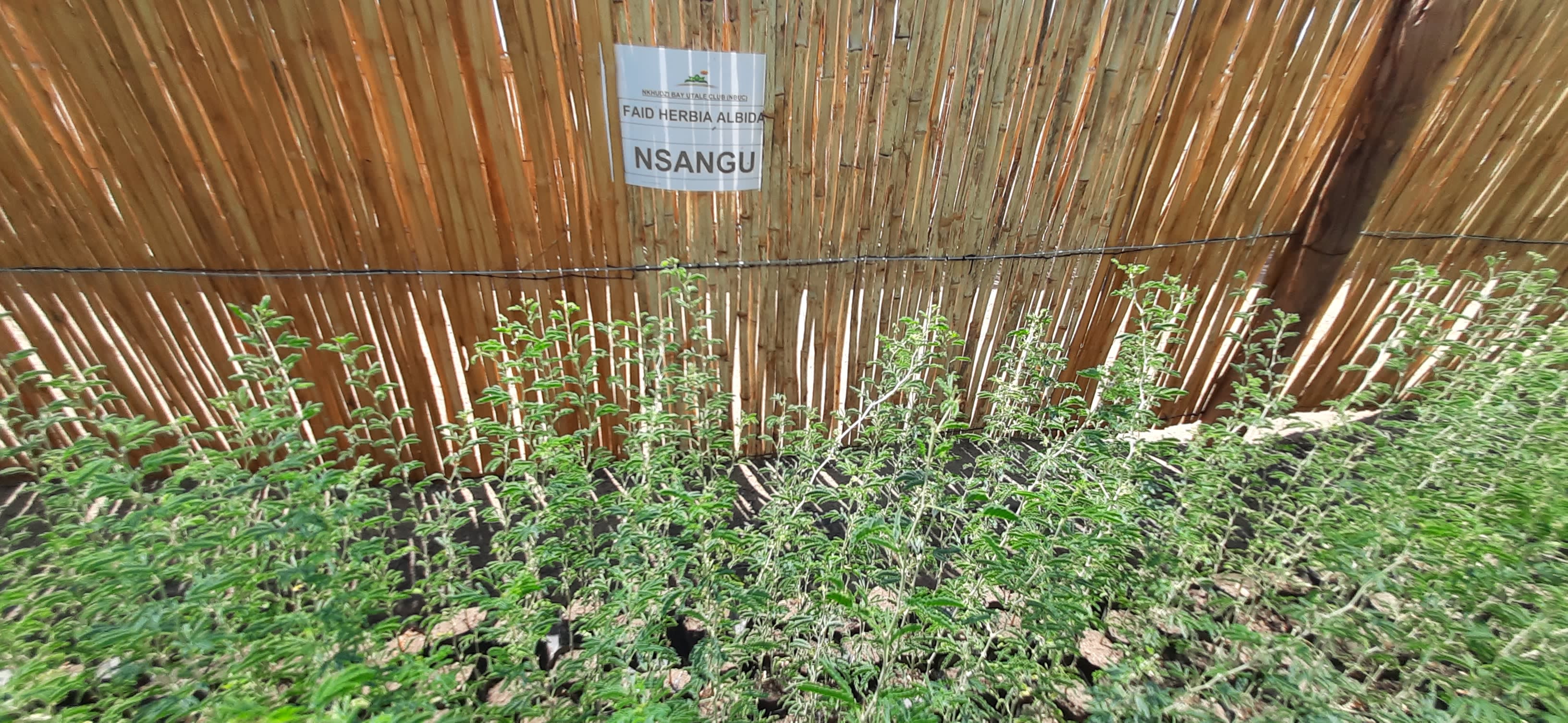


Curiosity about me
The important moments in your tree's life.
Let's start with introductions
The apperling acacia is a native of Africa and the Middle East. Its bark and extracts have medicinal properties, in particular for curing infections in the respiratory tract, malaria, fever, and toothaches. It's also planted for its shade and as a soil fertilizer.
Meaning
Deep
With its long roots that extend up to 40 metres into the ground, Applering Acacia tree can survive even in hostile or desert areas.

How much CO2 I’ll absorb
My estimated CO2 absorption capacity is based on the first 10 years of my life*
Current absorption
- 0 kg
2025
0 kg
2035
-300 kg
* The tree will continue to absorb CO2 even after the tenth year. Therefore this is a prudent estimate.
How I am useful to local communities
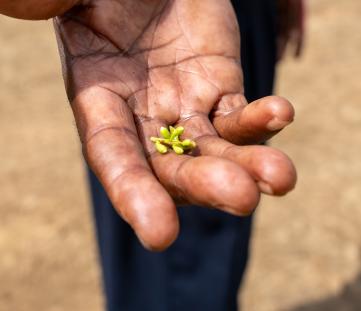
Medicine
Its leaves, roots, bark and/or fruits are used in traditional medicine.
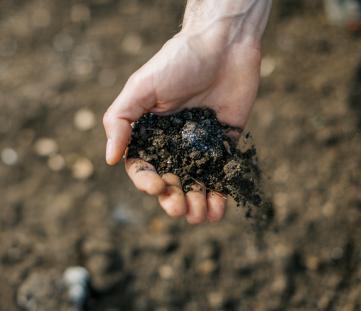
Soil
It improves the quality of the soil thanks to the nitrogen fixation process or it reduces soil erosion, thanks to its extended root system.
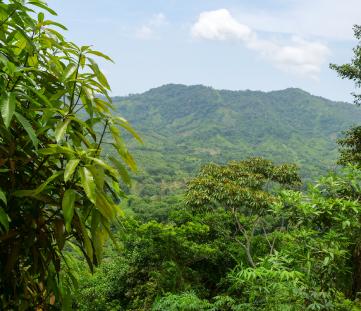
Anti-wind
It protects young plants from the wind and reduces water evaporation from the soil.
My benefits
0%
Food Security
The trees will bear fruits, some that will be edible immediately and others that can become edible through processing, ensuring food resources over time.
20%
Economic development
The trees' fruits and the products derived from their transformation can be traded in local networks, offering income opportunities.
60%
CO₂ Absorption
During its life cycle, each tree will absorb CO₂. The trees you plant can offset your emissions.
80%
Environmental protection
The trees are planted in agroforestry systems that favor the virtuous interaction between the different species and their positive impact on the environment and on the land.